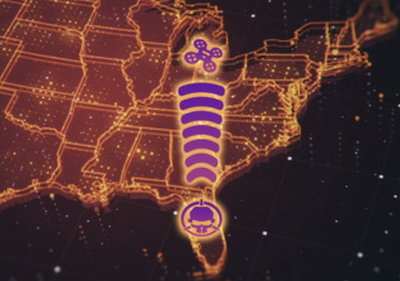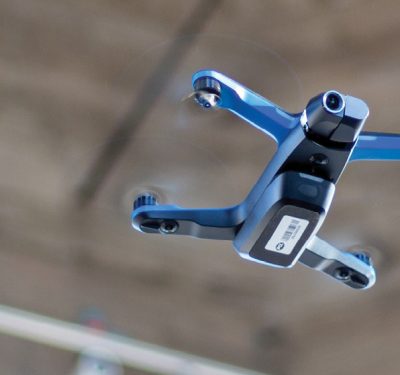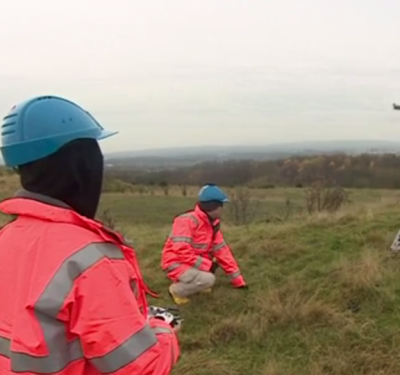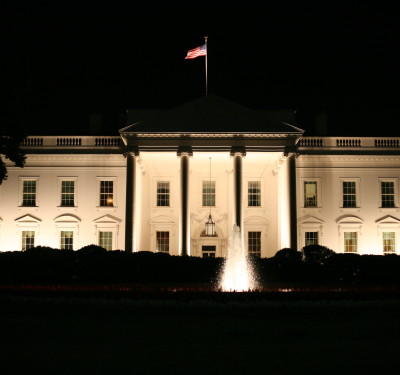Earlier this month, students from Texas A&M University landed an unmanned aerial system on the other side of the world, while their counterparts at the University of Sydney in Australia did the same.
A total of 26 students—14 in Texas and 12 in Sydney—began working on this project, known as the Aerial International Racing of Unmanned Systems or AIRUS, in September, team lead Benjamin Morrell said. During the demonstration, the teams communicated through the Internet, using Mission Planner software and Google Hangouts to successfully deploy and then land a UAS 8,000 miles away.
Local pilots controlled the rotational movement of the quadrotor while international pilots controlled the side-to-side movement. To his knowledge, this is the first successful demonstration of its kind, Morrell said.
“We were able to land on small targets in both locations,” said Morrell, who’s an engineering PhD candidate from Sydney who’s been studying at Texas A&M for the last year. “That’s the first step. We’re looking to enhance the communication so the international pilot can take complete control of the quadrotor.”
The challenges
Finding a way to quickly and effectively communicate internationally was one of the biggest challenges, Morrell said.
They knew they’d need to reduce communication delays as much as possible, he said, to enable the pilot to take partial control, pitch and yawl. To do this, they mounted a camera to the front of the quadrotor to take footage of its location. The video was then streamed over the Internet. The international pilot used a joystick, set up through a virtual local network, to directly access the ground station where the quadrotor was physically located.
The future
The students will continue to test and enhance the international pilot’s control capabilities, and eventually want to develop a system that gives pilots complete control of the UAS—no matter where they are, Morrell said.
Once the teams can demonstrate that capability, they intend to evolve the project into its full concept, which is a competition that involves teams from many universities, Morrell said. Teams would race UAS—all controlled by pilots in another location—around an obstacle course.
The benefits
Not only does this project make it possible for students on opposite sides of the world to interact and learn from each other, the ability to remotely pilot UAS through the Internet has benefits for a variety of applications, Morrell said. This capability makes it safer to operate UAS during natural disasters and enhances what the pilot is able to achieve. It also gives people the opportunity to explore different areas of the world, without having to buy a plane ticket.
The Texas A&M University AeroSpace Technology, Research and Operations (ASTRO) Center as well as the Center for Autonomous Vehicles and Sensor Systems (CANVASS) helped support this project. The School of Aeronautical Mechanical and Mechatronic Engineering and the AeroSpace Technology and Research Australia (ASTRA Lab), both at the University of Sydney, did as well. All team members are with the American Institute of Aeronautics and Astronautics, or AIAA, student branches at their respective universities.
Students from both universities are excited by their accomplishment and are going for the world record of the “Longest Distance Remote Control of a UAV,” Morrell said. The application is currently being processed, and is just one of the many positives that came out of this initial demonstration.
“We had quite impressive latency in the control at this stage, and we demonstrated the ability to control the roll or pitch or yawl,” Morrell said. “We’re going to build on that and in future years we’ll have even more control, and will eventually be able to go into that full concept of a race.”






